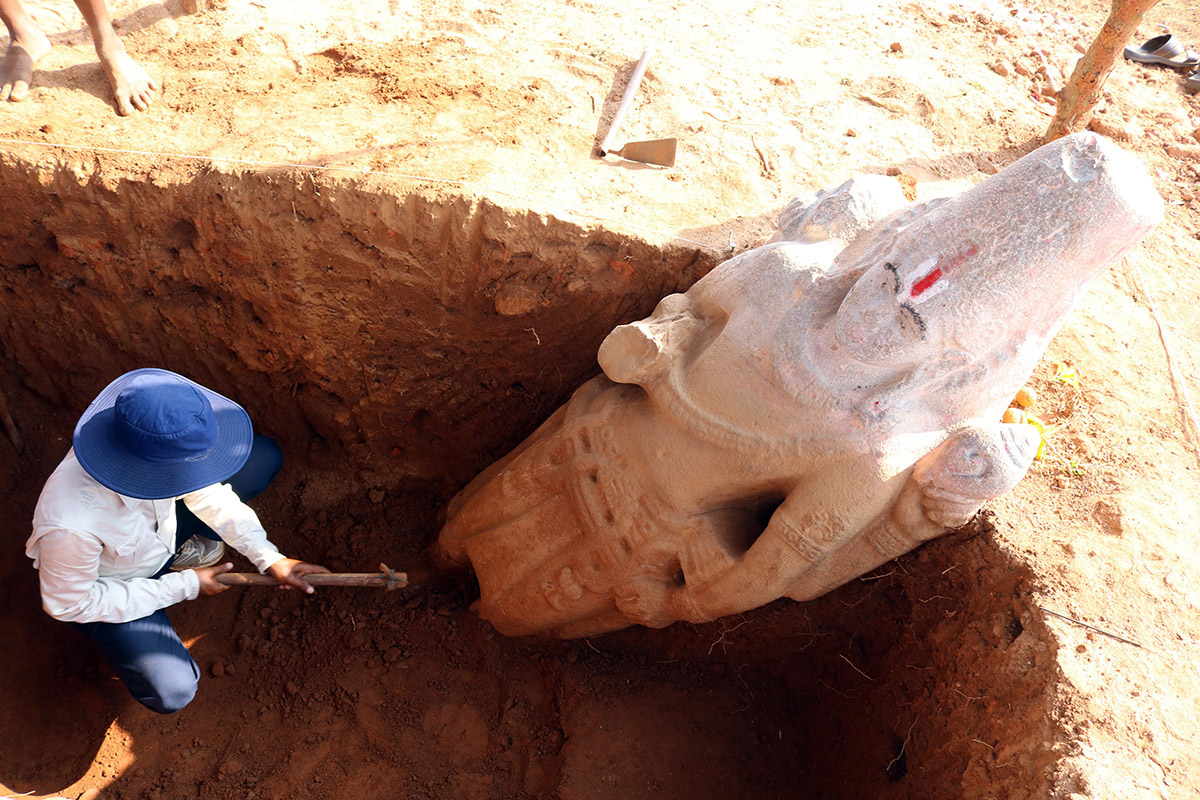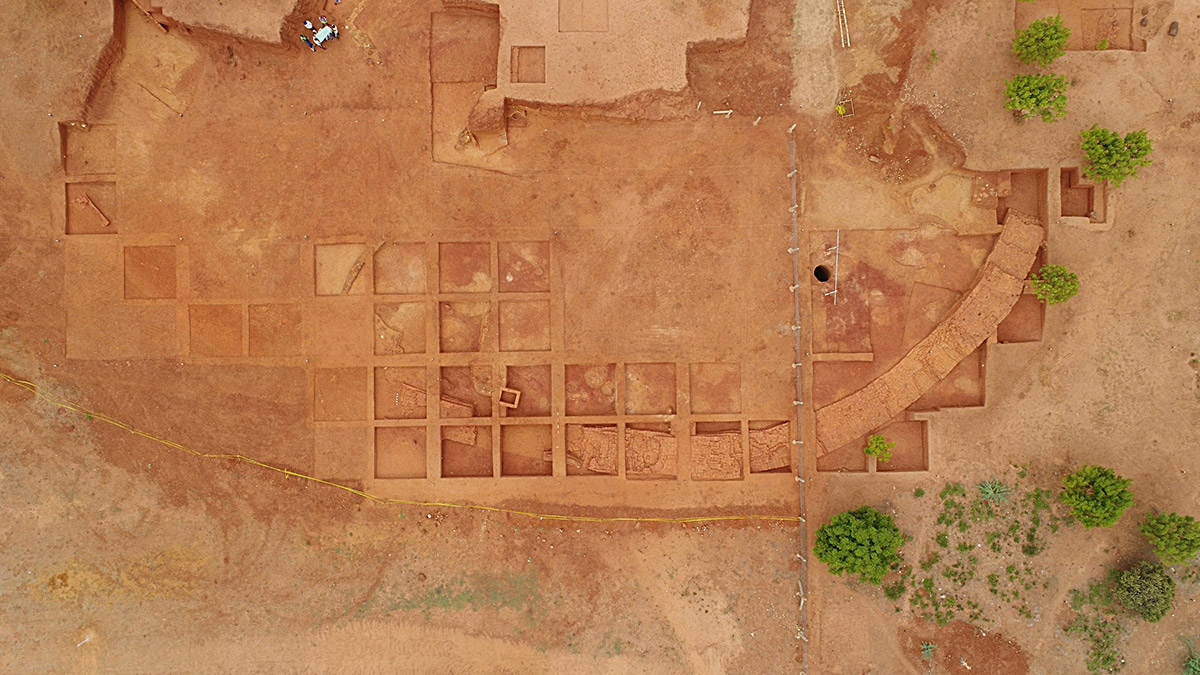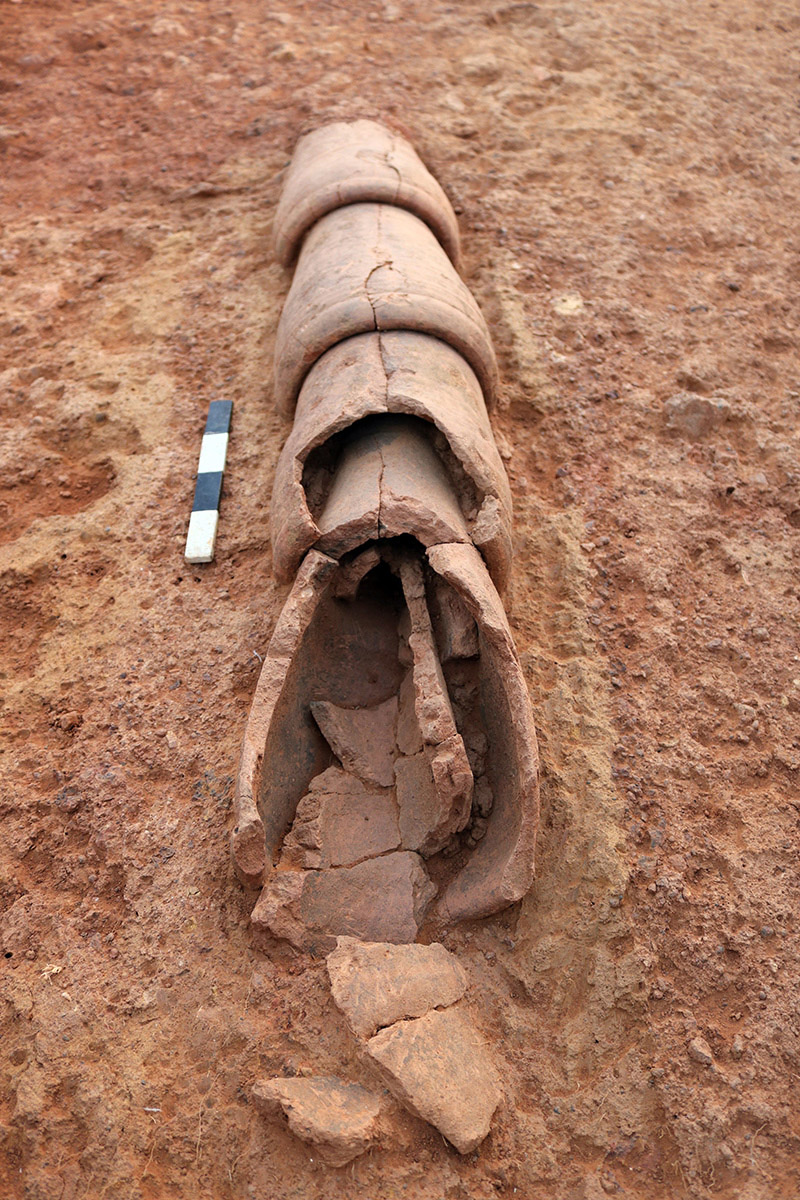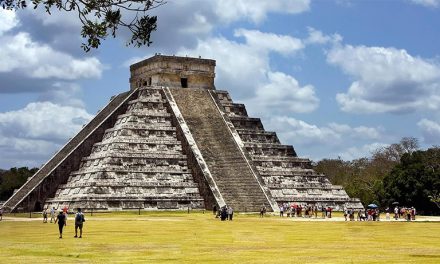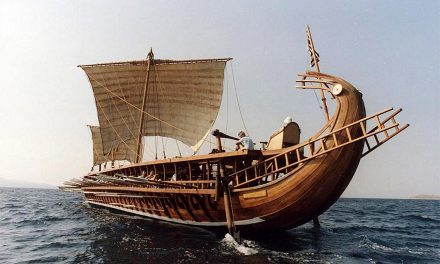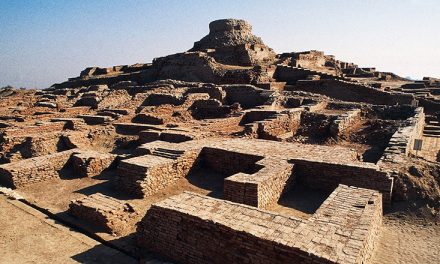An excavation by the Archaeological Survey of India (ASI) in Gottiprolu in Andhra Pradesh’s SPS Nellore district has indicated that the area may have been a huge settlement and flourishing trade centre, over 2,000 years ago. The ASI team, which has completed its first phase of excavation near Naidupeta, said that a 2,000 year-old brick structure and a life-size Vishnu sculpture was unearthed, besides a wide variety of materials made by pottery.
“The site of Gottiprolu lies on the right bank of a distributary of river Swarnamukhi, about 17 km east of Naidupeta and 80 kilometers from Tirupati and Nellore. Detailed topographical study and drone images have helped in identifying an early historic settlement surrounded by a fortification and the possibility of a moat encircling it,” the ASI said in a press release.
“The fortification is very much clear on the eastern and southern sides of the mound while its other arm seems to have been leveled as a result of modern settlements,” it added.
A massive sized brick enclosure wall was also discovered, that ran to a length of more than 75 metres, with an average width of about 3.4 meters, which rose to a height of nearly 2 meters in a curvilinear pattern.
After analysing the brick sizes, archaeologists said that they were comparable with the Satavahana and Ikshvaku dynasty periods, which could be dated back to either the 1st or 2nd century BC.
During excavation, a series of broken conical shaped terracotta pipes were also found. These pipes, fitted into one another, may have been used for drainage purposes, and revealed that civic amenities were maintained by the occupants of this site, officials said.
“Apart from the excavated remains, one of the most major finds was the discovery of a buried Vishnu sculpture from the western part of the village, measuring about 2 meters in height. It displays a four-armed Vishnu standing over a pedestal carrying chakra and conch in his upper right and left hands respectively,” ASI said. Officials roughly dated the statue back to the 8th century AD – that is, the sculpture is more recent, compared to the brick enclosure.
“Interesting pottery finds are the base of conical jars placed at the eastern side of the structure. Such conical jars are widely present in Tamil Nadu and considered to be imitated variety of Roman Amphorae jars,” the ASI said.
ASI authorities said that they also found assorted stone tools from the Palaeolithic (Stone age) and Neolithic (10,000 to 4,500 BC) periods, which suggested that prehistoric people also occupied this area.
The ASI also said that the strategic settlement, which was located close to the sea coast, may have been involved in maritime trade. Further research is underway.
Stating that further studies were being carried out through geological, chemical analysis of the site and samples, the ASI said, “These settlements could have been an important trade centre as indicated by the presence of imitated amphorae containers that were mostly used to transport liquid commodities.”
“Other major retrieved antiquities unearthed are copper and lead coins, iron spear head, stone celts and terracotta beads,” the ASI said, adding that they also found conical jars and other materials, including goblet shaped pottery work, suggestive of tableware associated with the site.
Source: thenewsminute.com

